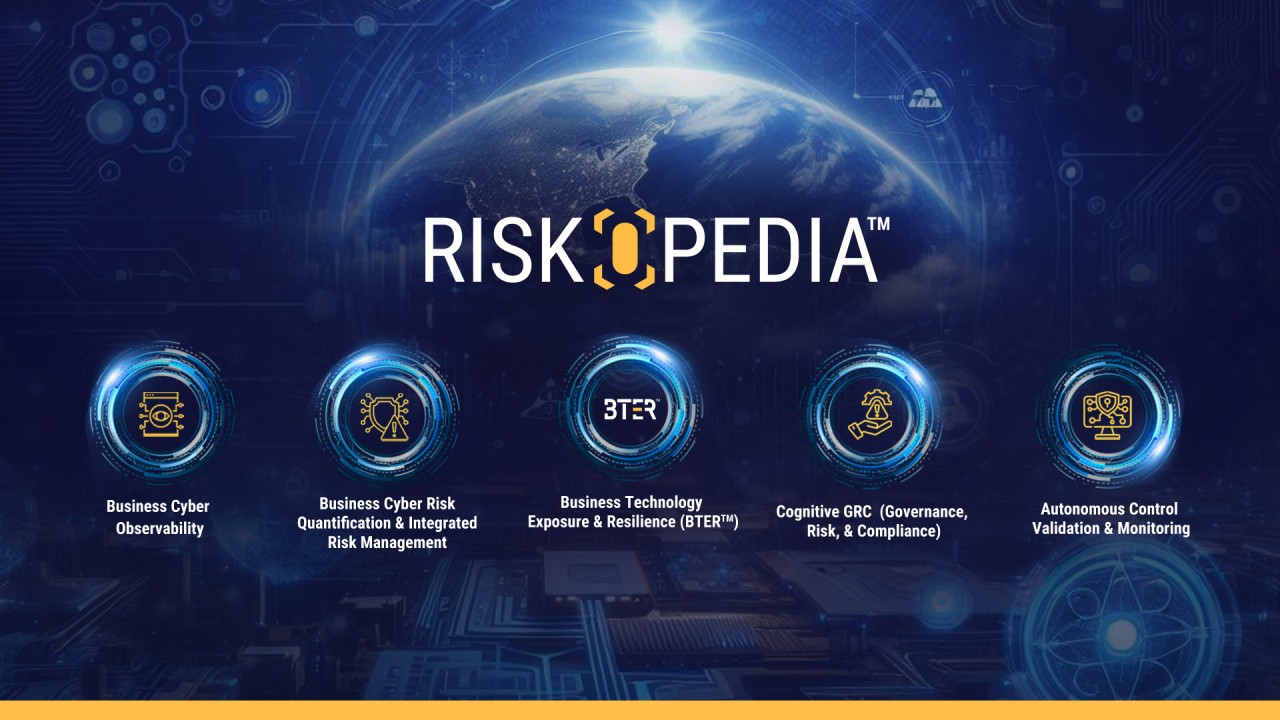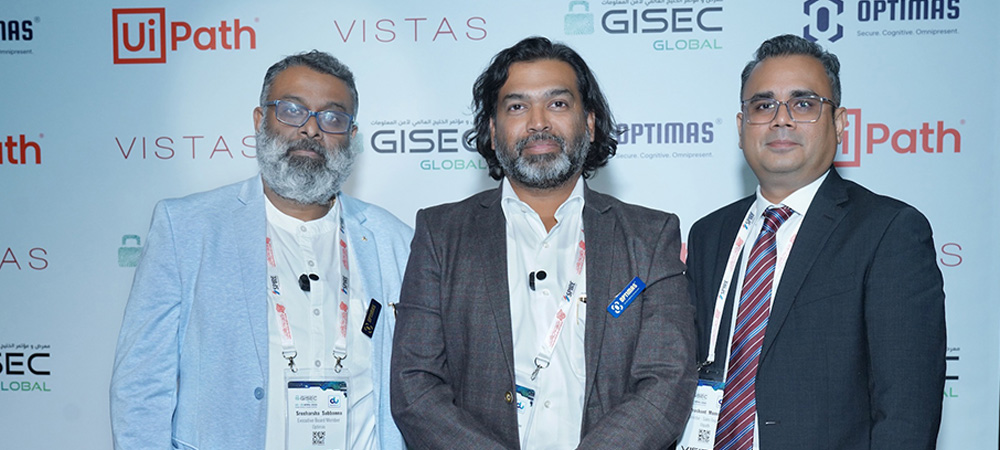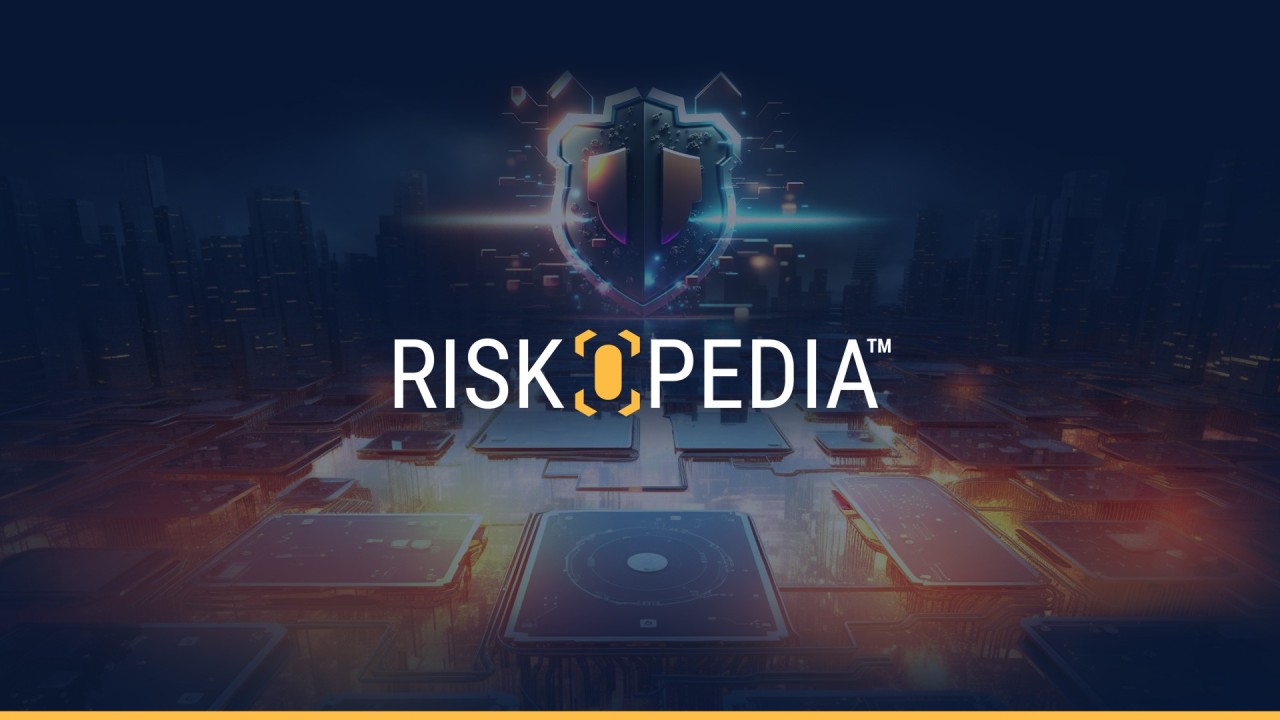Understanding the Current Landscape of Cybersecurity Weaknesses

July 10, 2024
In today's ever-evolving world of AI and 5G, businesses and governments face unprecedented cybersecurity threats. These threats manifest across all sectors, compromising sensitive data, disrupting operations, and causing significant financial and reputational damage.
The frequency and sophistication of cyber-attacks, such as ransomware, phishing, and advanced persistent threats (APTs), are rising. According to the Data Breaches and Cyber Attacks - Report 2024, the number of known records breached globally increased by 32% in just over six months and publicly disclosed security incidents rose by 43%. The percentage of incidents where data was definitively breached also grew to 85%. Additionally, the percentage of ransomware attacks more than doubled to 31%. This uptick underscores a crucial weakness in current cybersecurity measures—many are reactive rather than proactive, often failing to anticipate and mitigate threats before they escalate into full-blown crises.
This escalation in cyber-attacks has been particularly evident in recent years, with technological advancements outpacing the development of effective cybersecurity measures. The need for a more proactive approach to cybersecurity is more pressing than ever.
Sector-specific vulnerabilities are evident across various industries:
Telecommunications: Unauthorized access to network components, Distributed Denial of Service (DDoS) attacks and SS7 protocol flaws are common vulnerabilities. Compliance with regulations such as the General Data Protection Regulation (GDPR) in the EU and various national cybersecurity standards is crucial to ensure the integrity and availability of telecom services and protect consumer data.
Banking & Financial services: Insider threats, third-party service vulnerabilities, and sophisticated malware attacks on financial transactions are prevalent. Compliance with the Payment Card Industry Data Security Standard (PCI DSS), GDPR, and regional regulations is essential to managing risks and ensuring robust cybersecurity postures that protect client assets and institutional integrity.
Energy & Utilities: Outdated
control systems, lack of segmentation in operational technology (OT) networks, and phishing
attacks pose significant risks. Compliance with various international and regional
regulatory standards is critical for maintaining the security of the energy grid and
ensuring reliable service delivery.
Addressing these cybersecurity weaknesses requires a proactive approach. Organizations must:
Understand and Address Sector-Specific Vulnerabilities: Tailor cybersecurity measures
to each industry's unique challenges.
Ensure Stringent Compliance:
Adhere to relevant regulatory frameworks to protect against evolving cyber threats.
Integrate Indicators of Exposure (IOEs): Use Indicators of Exposure (IOEs) to enable
early detection and mitigation of potential security exposures, preventing significant
damage.
Telecommunications Sector:
A major telecom operator faced significant compliance fines and customer restitution costs under GDPR after exploiting an undetected API flaw. This vulnerability allowed attackers to gain unauthorized access to customer data, compromising personal information and causing a major data breach. The incident resulted in financial penalties and damaged the operator's reputation, leading to a loss of customer trust and a decline in market share. The company had to invest heavily in upgrading its security infrastructure and implementing more rigorous compliance checks to prevent future breaches.




